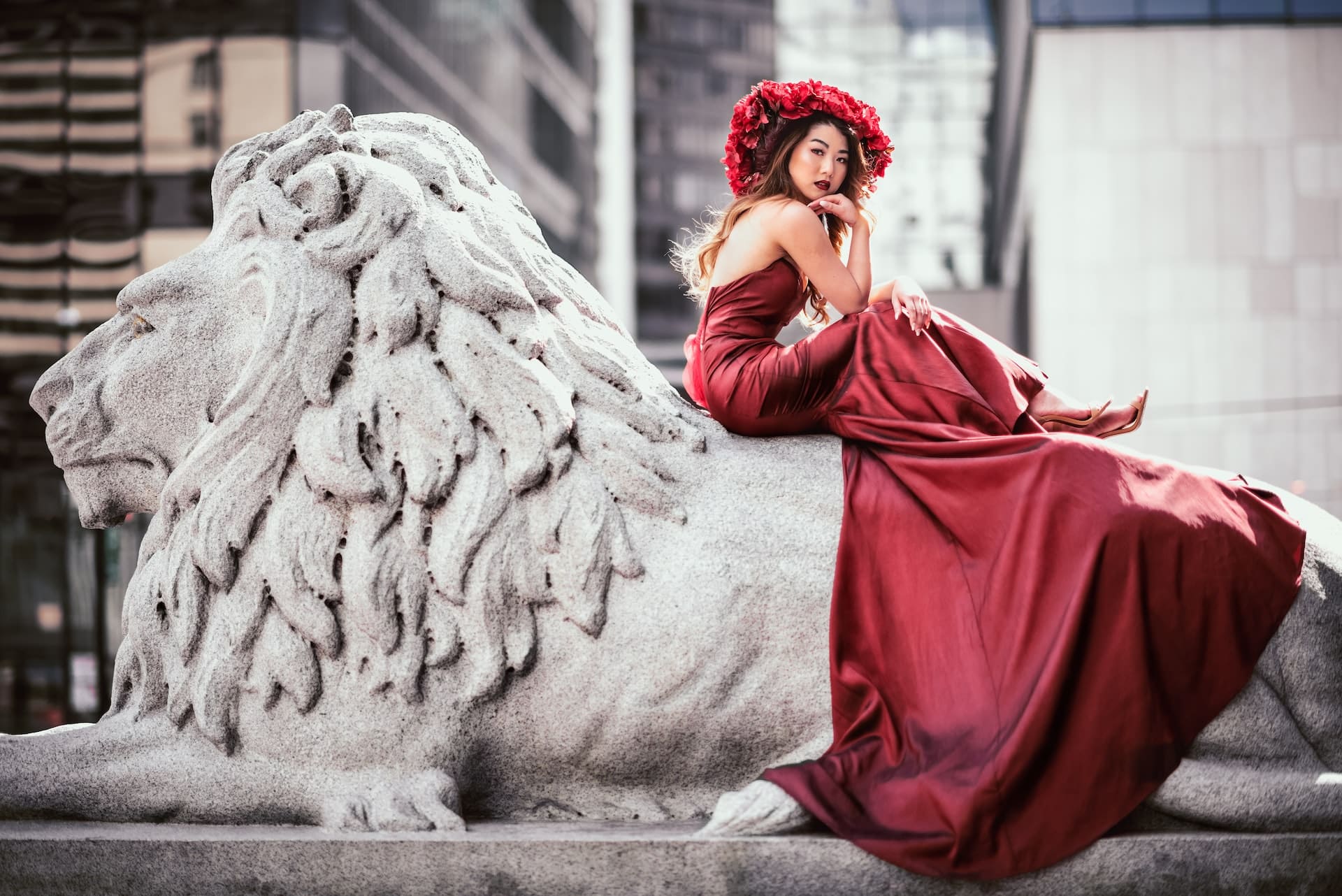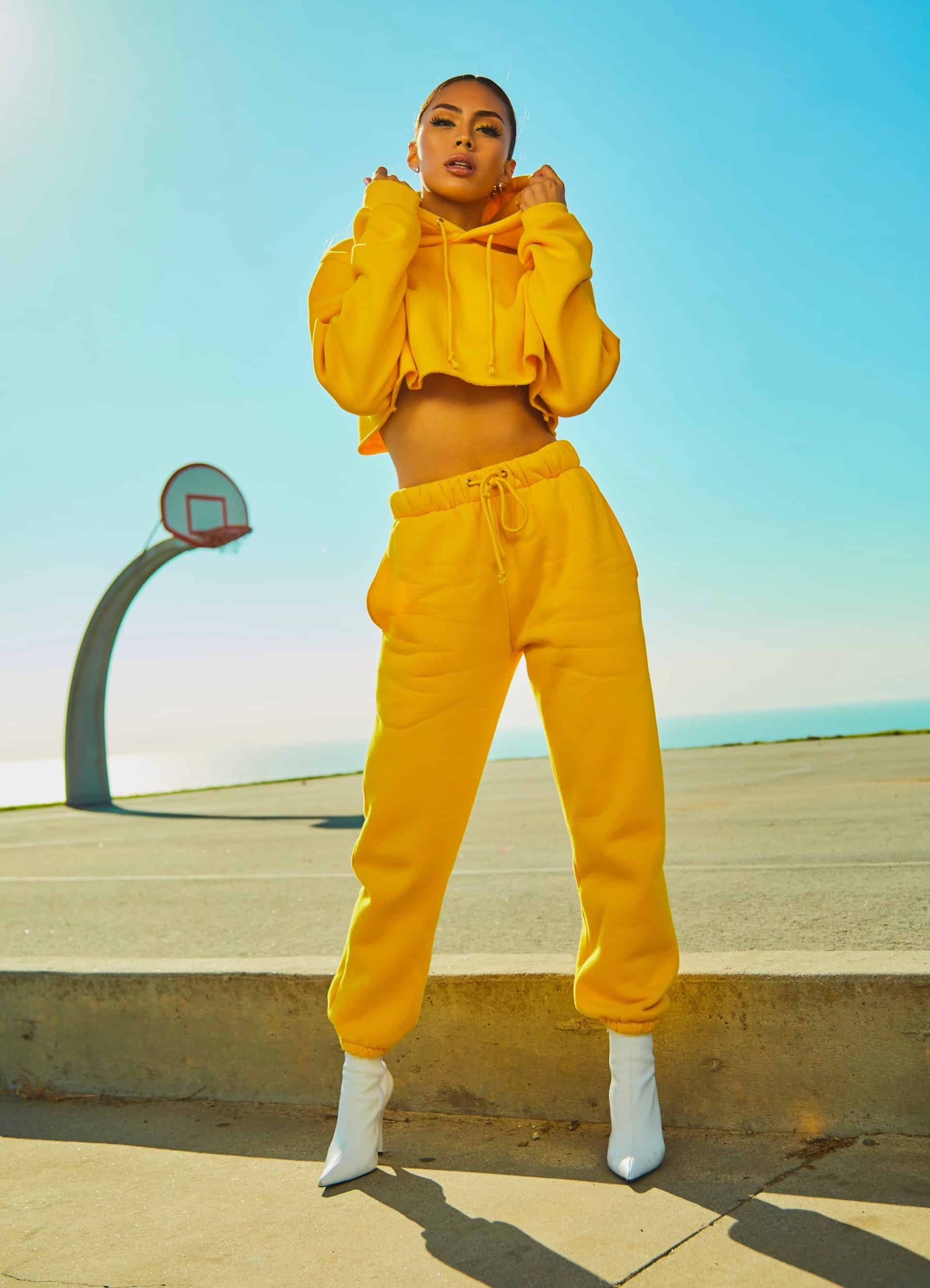The internet has made it easier for anyone to start a business. One of the businesses that thrive on online sales is the clothing business. Year-on-year, except for during the peak of the coronavirus pandemic, fashion products are the most sold items online.
The eCommerce fashion industry is expected to hit $1 trillion by 2024. In 2022, apparel, footwear, and accessories sales garnered about $204.9 billion in the United States (US) alone.
The internet may have reduced the barrier to breaking into the fashion business, but it also comes with challenges. You have to compete for customers, and offering products of the highest quality is not a guarantee to attract enough online buyers.
Here are some digital strategies you can leverage to boom your online fashion business;
IMAGE: UNSPLASH
Custom Packaging
To stand out, you need to do things differently. A lot of customers judge a product by its packaging. Personalize their experience with custom packaging.
Your packaging may be the sole reason a customer patronizes you.
It is possible to customers to take pictures or even make videos while unboxing your product.
Sharing these videos on social media can boost your brand visibility. You can also reshare the videos on your social media platforms and website with their permission.
Brand Message
You need a brand message that is persuasive and concise. It must be something your targeted audience can relate to. Brand messaging is a way a business communicates its unique value through verbal and non-verbal means. It has to be consistent both online and offline.
If you ask three of your friends what they think of your brand, their responses will likely differ. That is why you need a brand message. Communicating who you are, what you do, and how and why you do it is essential. It makes it easier to market your brand digitally.
Also, you need to share the story about your brand. This can be on the about us page on the site. Tell people why you ventured into the business, including a timeline of your progress.
If you sell union made clothing, feel free to include it in the packaging and label. Display it on the site.
It informs buyers that the product they are buying is from a brand that treats its workers with respect.
Social Media Marketing
Make sure your fashion business has a presence on social media. Without a doubt, most of your targeted audience spends at least two hours on social media daily.
According to Statista, Facebook and Instagram were the leading social media platforms for brand promotion. Across the platform, over 50 percent of the users made a purchase after discovering a fashion product on their feeds.
UI/UX
Your eCommerce needs to be top-notch. The loading speed should be about two seconds for optimal user experience (UX). The highest eCommerce conversion rates occuer on pages with this load time.
In a survey by Skilled, 79 percent of customers unhappy with a site’s performance are less likely to return.
The site design should be easy to navigate. Locating preferred products should be a simple task. Your customer support service should also always be on standby, as it is common for customers to encounter issues while shopping.
Payment Options
Offer more than one checkout option for your buyers. You may include card payment, PayPal, and if the law permits in your area of operation, you can add crypto options.
15 percent of customers will abandon their purchase if they do not trust the payment option provided on a site. Using multi-payment options can boost trust in your brand and reduce abandoned carts. It can also help you expand into more demographics.
Influencer Marketing
Fashion brands usually leverage influencers’ reach to improve awareness about their products. Most of your targeted audiences will likely follow influencers on social media.
They trust influencers and are likely to purchase products recommended by them. Gen Z and Millenials are twice more likely as Boomers to trust influencers.
Before hiring an influencer, check their engagement rate and impact on products they have influenced. This will help you gauge what to expect if you hire them.
Content Marketing
Include a blog section on your website for content related to your brand. Content marketing can boost your site’s ranking on search engines, and the more people come across your brand name, the better they remember it.
Publish helpful contents that customers will be willing to share with their friends and family. Customers who feel connected to brands are more than half likely to spend more. Most of these buyers will always choose you over a competitor.
IMAGE: UNSPLASH
If you are interested in even more business-related articles and information from us here at Bit Rebels, then we have a lot to choose from.


COMMENTS